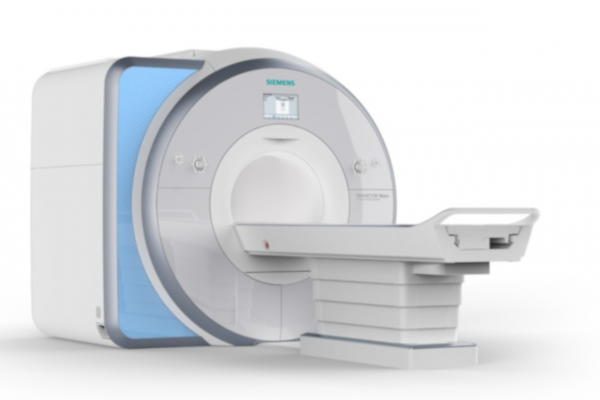The Pros and Cons of Low-Field Veterinary MRI
The Pros and Cons of Low-Field Veterinary MRI
Low-field veterinary MRI scanners can be an attractive option for several reasons:
- Low cost of installation
- Smaller footprint
- No need for helium
- Patient Access
- Reduced Power requirements
- Veterinary Specific Coils
- Adaptive Software
- Safety
Low-field scanners have reduced power and shielding requirements. As such, they are often more affordable to install and maintain. Because LF MRI does not require super-con temperatures, there is no need for helium and the power requirements for cooling operation are significantly less. Weaker radio-frequency of low-field systems means lower shielding requirements.
Lower signal-to-noise ratios of these low-field scanners make it difficult to achieve quality contrast, resolution, and reasonable acquisition times. For this reason, they are less than ideal for veterinary medicine. Animals cannot speak, therefore localizing a region for imaging can be tricky. Diagnosis needs to be as definitive as possible.
Low-field Cons:
- Poorer image quality and resolution
- More likely to experience motion artifacts.
- Fewer sequencing options
- Smaller field of view (FOV)
- Weaker gradients
- Does not offer multi-channel receiver coils
- More limiting diagnostic software
- Slow
There is no wrong choice in Veterinary MRI. Practices, patients, and clientele have different diagnostic needs and budgets. If you have questions about LF MRI or need more information please contact the AnimalScan sales team.


Leave a Reply